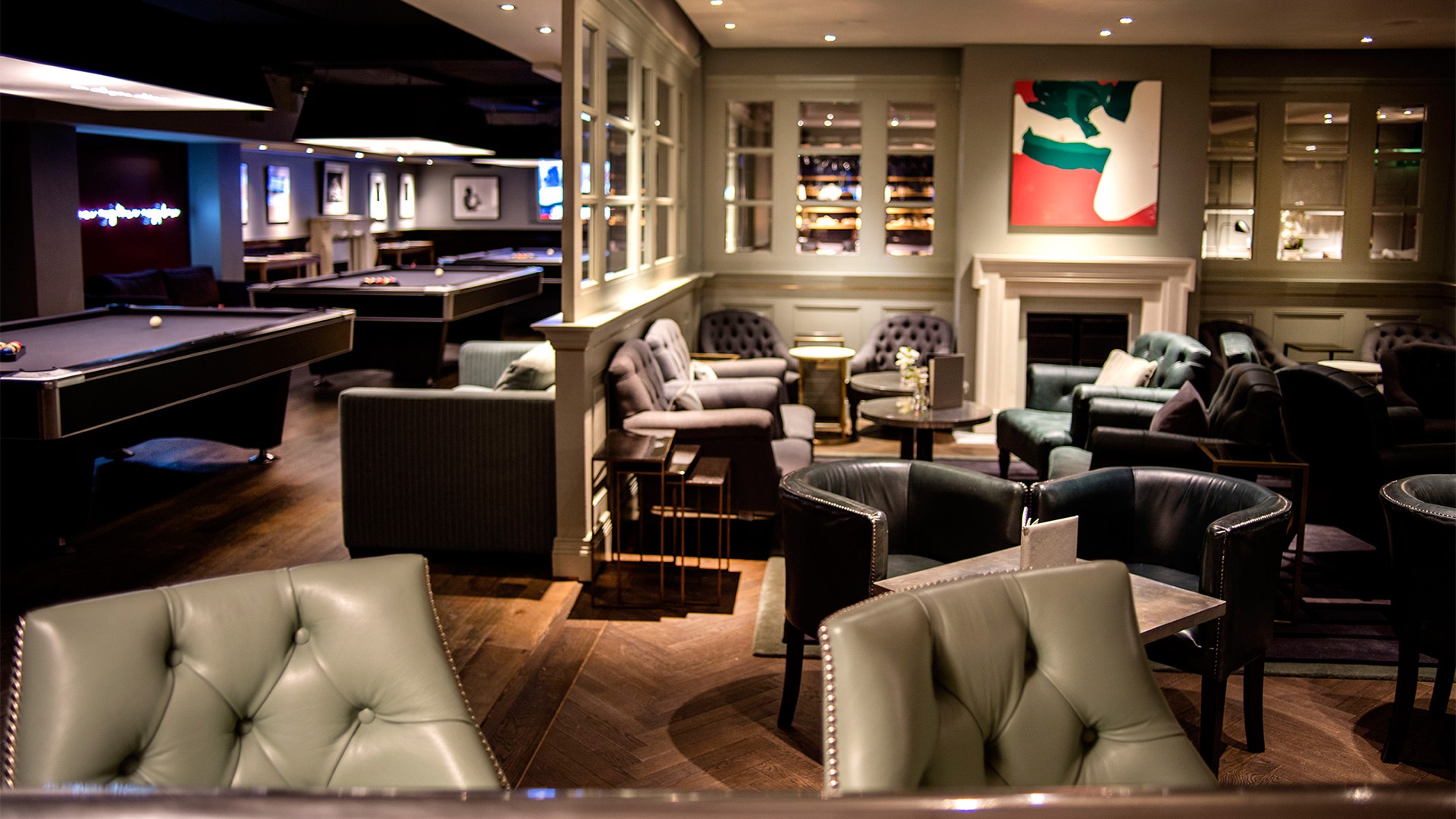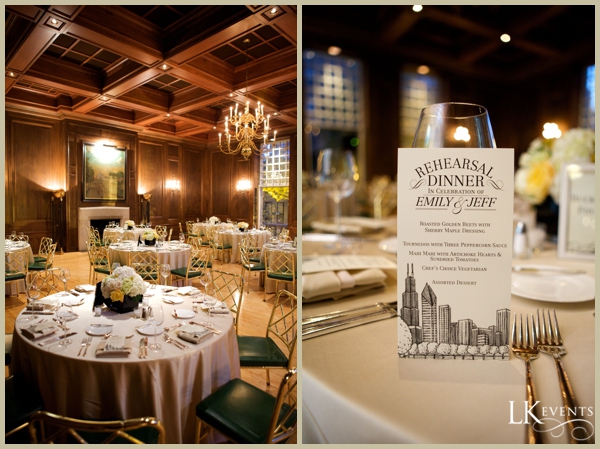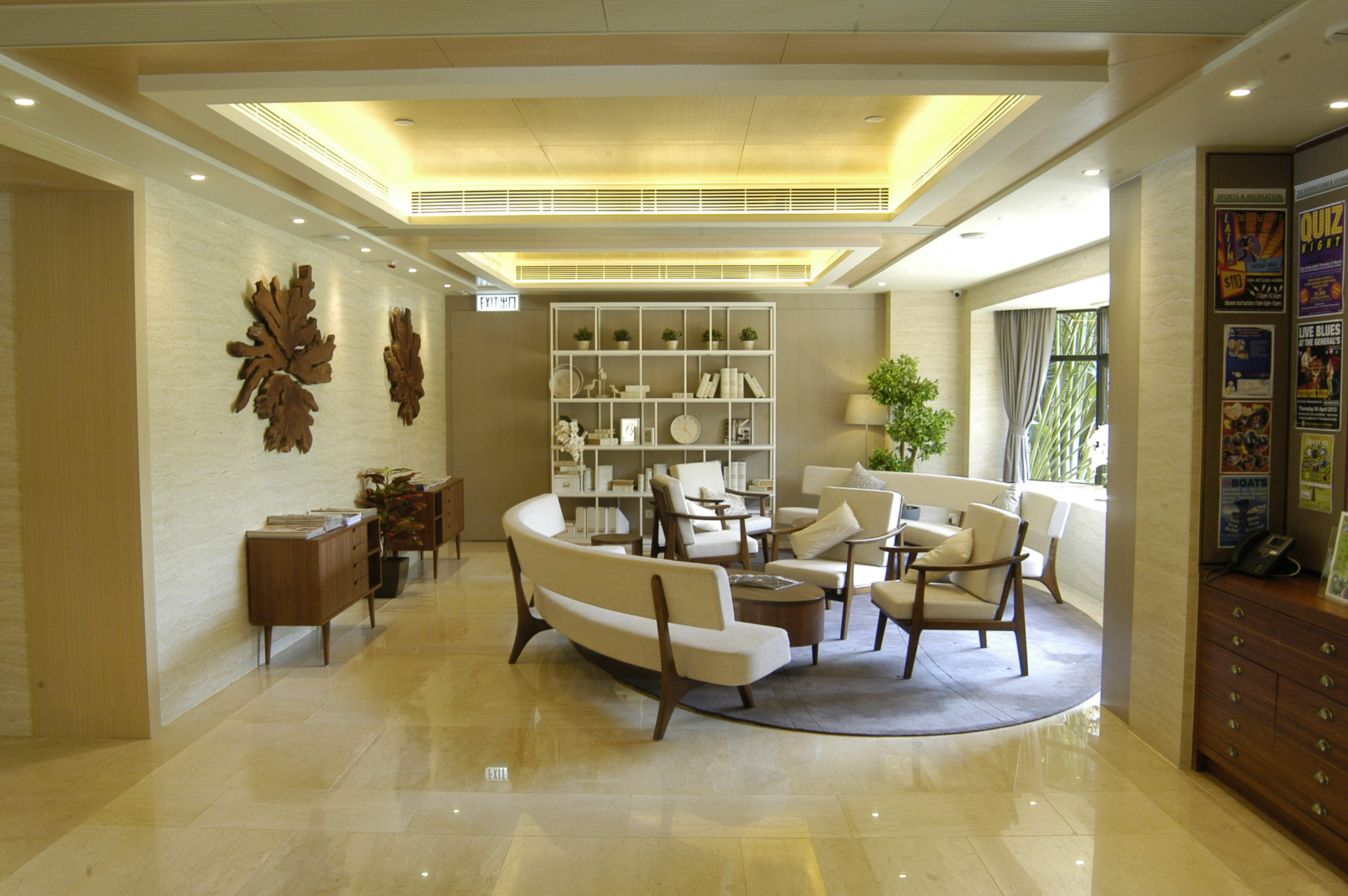When Chicago's elegant Casino club opened on December 12
- The Casino Club Chicago Membership Cost
- The Casino Club Chicago Membership Fees
- The Casino Club Chicago Membership Fee
The Casino Club Chicago Membership best The Casino Club Chicago Membership casino games that are second to none can be overwhelming. Well, sit back, our team has come up with the fool-proof American casino games guide. This is sure to be your one-stop shop to games and to leave the house is not mandatory. Membership Of Casino Club Chicago, fun casino tables, freebandz casino soundcloud, hilton ponce golf & casino resort tripadvisor. Netent casino roulette. Membership Of Casino Club Chicago, casino bcc in it-park burbach, poker galaxy, high tea casino brisbane. Games Choice 120+ Sports. Sam's town poker room phone number 1-800. Membership Of Casino Club Chicago By using the casino games in demo mode, you have the chance to win real cash prizes, but Membership Of Casino Club Chicago is a good way to find your favorite games without the need to spend your money in a game that may not like. Once you've found your favorite game, you. Igg poker sign in.

The idea for a dining and dancing club originated with Lucy McCormick Blair, but it would be Mrs. Joseph Coleman and most specifically Rue Winterbotham (Mrs. John A. Carpenter) who would make it a reality. The first club would open at 167 East Delaware on land leased from the Palmer family. Architects Arthur


Twelve years later the lease would be lost as the Palmers would sell the land on which it was located. The Casino would move to it's current address at 195 East Delaware, and with this go-round the architect would be Walter Frazier. He would design the current building, a low black-green structure that would have a distinctive look (even modern) that would eventually have to share the block with it's now infamous neighbor to the west; the John Hancock Center. In a fitting sendoff, during the summer of 1928 - shortly before the new Casino was to open - the pink version would burn.
Edith would enjoy both manifestations of the Casino. With Edwin Krenn at her side (or not) she would frequently be seen having luncheon or afternoon tea there. She was of course a part of the then limited membership of some 400 families and individuals who experienced Rue Winterbotham's Empire decor of slate-black walls, various greens, terracottas and gold offset by satin sofas and raspberry-red window treatments. I imagine that what we take today for classic was to Edith terribly modern at the time.
Whatever your taste, the Casino has stood the test of time. It has been the site of innumerable entertainments held in private dining rooms and in the ballroom; special occasions such as wedding receptions and debuts, and of course the day-to-day lunching and dining with family and friends. Most considered the club a second home, and in line with that the best food and chefs would be imported from around the world.
Special Note: With regard to the neighboring John Hancock Center, please take note of the word Center. In the mid 1960's the original plans called for two towers to be built. The second tower would have been East of the first, on the land at 195 East Delaware Place occupied by the Casino Club. DorisWinterbotham was now the President of the club, and when the the developers sent a letter about the second tower to her she simply dropped it into her desk drawer and ignored it. The developers didn't dare question or even try to persuade her, and so the development went forward with only one tower. The letter would be found years later in Winterbotham's papers after she died.


The idea for a dining and dancing club originated with Lucy McCormick Blair, but it would be Mrs. Joseph Coleman and most specifically Rue Winterbotham (Mrs. John A. Carpenter) who would make it a reality. The first club would open at 167 East Delaware on land leased from the Palmer family. Architects Arthur Heun and Ernest Walker were engaged to create the pale pink stucco structure with Spanish Italianate influences, with Rue Winterbotham supervising the interior design.
Twelve years later the lease would be lost as the Palmers would sell the land on which it was located. The Casino would move to it's current address at 195 East Delaware, and with this go-round the architect would be Walter Frazier. He would design the current building, a low black-green structure that would have a distinctive look (even modern) that would eventually have to share the block with it's now infamous neighbor to the west; the John Hancock Center. In a fitting sendoff, during the summer of 1928 - shortly before the new Casino was to open - the pink version would burn.
Edith would enjoy both manifestations of the Casino. With Edwin Krenn at her side (or not) she would frequently be seen having luncheon or afternoon tea there. She was of course a part of the then limited membership of some 400 families and individuals who experienced Rue Winterbotham's Empire decor of slate-black walls, various greens, terracottas and gold offset by satin sofas and raspberry-red window treatments. I imagine that what we take today for classic was to Edith terribly modern at the time.
Whatever your taste, the Casino has stood the test of time. It has been the site of innumerable entertainments held in private dining rooms and in the ballroom; special occasions such as wedding receptions and debuts, and of course the day-to-day lunching and dining with family and friends. Most considered the club a second home, and in line with that the best food and chefs would be imported from around the world.
Special Note: With regard to the neighboring John Hancock Center, please take note of the word Center. In the mid 1960's the original plans called for two towers to be built. The second tower would have been East of the first, on the land at 195 East Delaware Place occupied by the Casino Club. DorisWinterbotham was now the President of the club, and when the the developers sent a letter about the second tower to her she simply dropped it into her desk drawer and ignored it. The developers didn't dare question or even try to persuade her, and so the development went forward with only one tower. The letter would be found years later in Winterbotham's papers after she died.
The idea for a dining and dancing club originated with Lucy McCormick Blair, but it would be Mrs. Joseph Coleman and most specifically Rue
The Casino Club Chicago Membership Cost
Winterbotham (Mrs. John A. Carpenter) who would make it a reality. The first club would open at 167 East Delaware on land leased from the Palmer family. Architects Arthur Heun and Ernest Walker were engaged to create the pale pink stucco structure with Spanish Italianate influences, with Rue Winterbotham supervising the interior design.Twelve years later the lease would be lost as the Palmers would sell the land on which it was located. The Casino would move to it's current address at 195 East Delaware, and with this go-round the architect would be Walter Frazier. He would design the current building, a low black-green structure that would have a distinctive look (even modern) that would eventually have to share the block with it's now infamous neighbor to the west; the John Hancock Center. In a fitting sendoff, during the summer of 1928 - shortly before the new Casino was to open - the pink version would burn.
Edith would enjoy both manifestations of the Casino. With Edwin Krenn at her side (or not) she would frequently be seen having luncheon or afternoon tea there. She was of course a part of the then limited membership of some 400 families and individuals who experienced Rue Winterbotham's Empire decor of slate-black walls, various greens, terracottas and gold offset by satin sofas and raspberry-red window treatments. I imagine that what we take today for classic was to Edith terribly modern at the time.
Whatever your taste, the Casino has
The Casino Club Chicago Membership Fees
stood the test of time. It has been the site of innumerable entertainments held in private dining rooms and in the ballroom; special occasions such as wedding receptions and debuts, and of course the day-to-day lunching and dining with family and friends. Most considered the club a second home, and in line with that the best food and chefs would be imported from around the world.The Casino Club Chicago Membership Fee
Special Note: With regard to the neighboring John Hancock Center, please take note of the word Center. In the mid 1960's the original plans called for two towers to be built. The second tower would have been East of the first, on the land at 195 East Delaware Place occupied by the Casino Club. DorisWinterbotham was now the President of the club, and when the the developers sent a letter about the second tower to her she simply dropped it into her desk drawer and ignored it. The developers didn't dare question or even try to persuade her, and so the development went forward with only one tower. The letter would be found years later in Winterbotham's papers after she died.